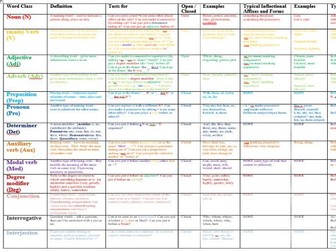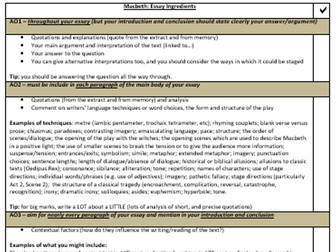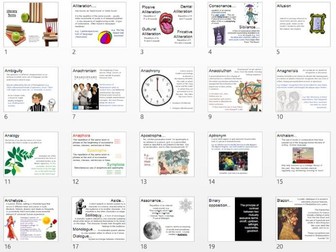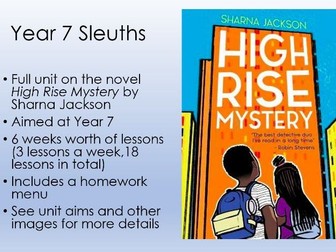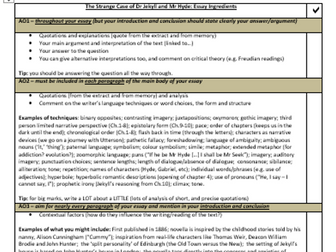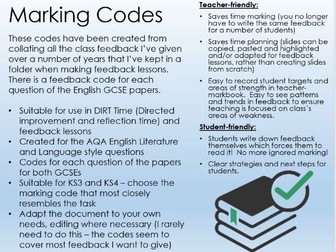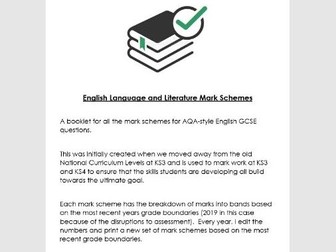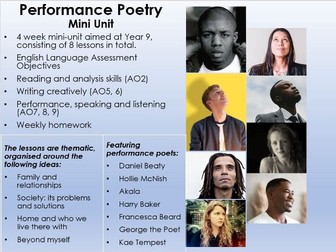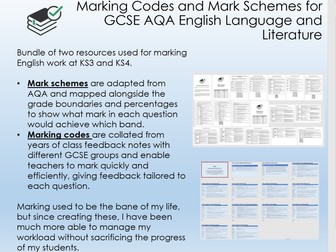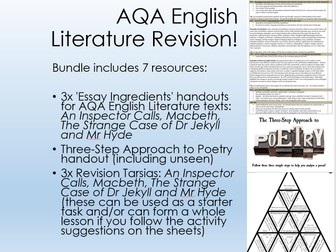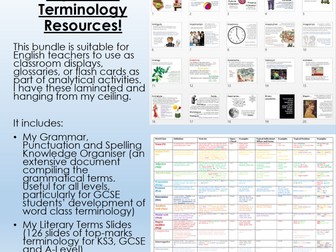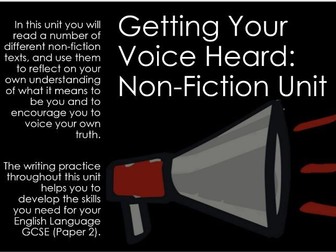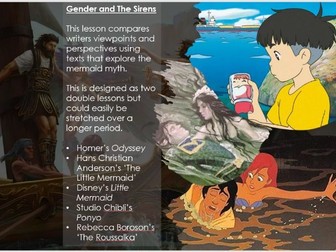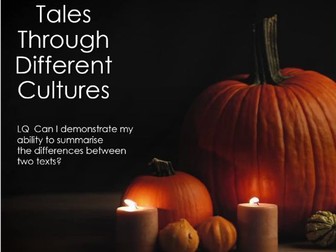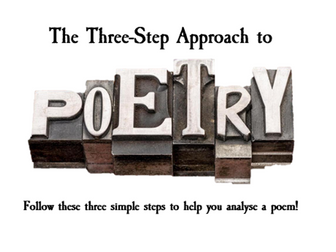Grammar, Punctuation, Spelling Knowledge Organiser
<p>A nine page <strong>Grammar, Punctuation and Spelling Knowledge Organiser</strong>.</p>
<p>This document is organised into tables which include: definitions, examples and other information on different types of <strong>word classes</strong>; definitions, rules and examples of <strong>tense</strong> types; information on <strong>changing a words class using affixes</strong>; information on <strong>subject-verb-object</strong>; <strong>active and passive voice</strong>; <strong>subject-verb agreement rules</strong> and examples; <strong>sentence types</strong>, definitions and examples; a generic <strong>glossary of terms</strong>; <strong>punctuation</strong> symbols, names, uses and examples; and <strong>common mistakes and confusions</strong>.</p>
<p>A perfect go-to resource for students and teachers. Suitable as a reference guide for primary and secondary education in English. This has been updated to reflect the changes to the grammatical terms now taught at KS2.</p>
<p>These grids can be turned into <strong>reference posters</strong> or used as <strong>literacy mats</strong> as part of a <strong>classroom resource bank</strong>.</p>
<p>Also a useful resource for <strong>newly qualified teachers</strong>, or teachers wanting to develop their <strong>subject knowledge</strong>! Particularly if, like me, you were never taught grammar explicitly at school, and you need to catch up with the Year 6s and 7s!</p>
